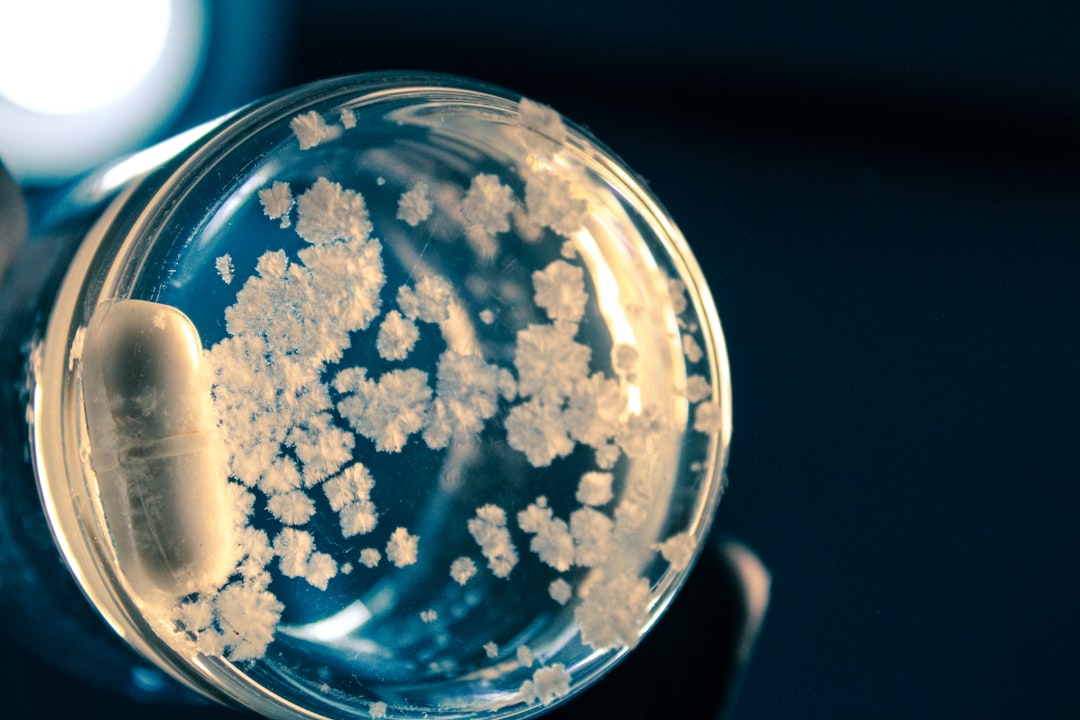What is it about?
Modifying bioprosthetic heart valves (BHV) with a biocompatible, nonimmunogenic, and oxidation-resistant polymer prevents structural degeneration of the valve, according to a new study by researchers in the Pediatric Heart Valve Center at Children’s Hospital of Philadelphia (CHOP), in collaboration with researchers at Columbia University and the University of Pennsylvania. In their study, the researchers showed that not only could POZ be successfully incorporated into BHV biomaterials, but POZ also significantly reduced serum protein infiltration and AGE formation in vitro. Using an animal model, they showed that POZ performed the same functions in vivo. Although the modified BHV did not prevent calcification, incubating the BP with ethanol followed by POZ modification before implantation significantly reduced calcification as well as AGE-serum protein accumulation. The BHVs were also more biocompatible than either unmodified counterparts or those modified with PEG.
Featured Image

Photo by Ali Hajiluyi on Unsplash
Why is it important?
Heart valve disease, typically involving the mitral or aortic valve, affects millions of patients worldwide. With no effective medical therapy to treat the condition, the disease is often treated with the implantation of either bioprosthetic or mechanical valve prostheses. Bioprosthetic heart valves (BHV), fabricated from materials like bovine pericardium (BP), are less likely to cause blood clots and thus have advantages over mechanical valves. However, the longevity of these implants is limited due to structural valve degeneration (SVD). This degeneration often involves calcification, but recent studies have also shown that the accumulation of advanced glycation end products (AGE) and AGE-modified serum proteins also plays a role. The reported POZ modified BHV represent an advance that can mitigate these pathologic mechanisms.
Perspectives
Transcatheter BHV have led to a geometric increase in the use of BHV because they avoid the need for open heart surgery and have significantly shortened hospital stays. However, transcatheter BHV despite these advantages, use the same technology as surgical BHV, and thus would benefit from POZ modification to improve durability.
Robert Levy
children's hospital of philadelphia
Read the Original
This page is a summary of: Poly-2-methyl-2-oxazoline–modified bioprosthetic heart valve leaflets have enhanced biocompatibility and resist structural degeneration, Proceedings of the National Academy of Sciences, February 2022, Proceedings of the National Academy of Sciences,
DOI: 10.1073/pnas.2120694119.
You can read the full text:
Contributors
The following have contributed to this page










